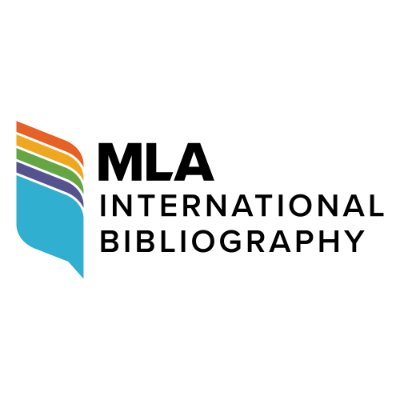In-class activities handouts
- Background: using a source to provide general information to explain the topic. For example, the use of a Wikipedia page on the Pledge of Allegiance to explain the relevant court cases and changes the Pledge has undergone.
- Exhibit: using a source as evidence or examples to analyze. For a literature paper, this would be a poem you are analyzing. For a history paper, a historical document you are analyzing. For a sociology paper, it might be the data from a study.
- Argument: using a source to engage its argument. For example, you might use an editorial from the New York Times on the value of higher education to refute in your own paper.
- Method: using a source’s way of analyzing an issue to apply to your own issue. For example, you might use a study’s methods, definitions, or conclusions on gentrification in Chicago to apply to your own neighborhood in New York City.
Citation:
Bizup, Joseph. “BEAM: A Rhetorical Vocabulary for Teaching Research-Based Writing.” Rhetoric Review 27.1 (2008): 72-86. Communication & Mass Media Complete. Web. 4 February 2014.
Margolin , Stephanie, and Wendy Hayden. “How to Use a Source: The BEAM Method .” Hunter College Libraries, https://library.hunter.cuny.edu/research-toolkit/how-do-i-use-sources/beam-method. Accessed 4 Nov. 2024.
Background Literature Resources
Why use background or tertiary resources?
- Learn important terms, notable scholars or works, and more information about a topic.
- Bibliographies, further reading, and works cited sections can lead you to secondary sources you can use in your research.
- It's a quick overview of a theme, work, author, or other topic, which can save you time!
-
Gale LiteratureA literature database combining biographical, bibliographical, and contextual information on authors and their works.
-
The Handbook of African American Literature by
Comprehensive handbook focused on literary criticism of notable works and topics in African American Literature. Also available in print. -
Black Women of the Harlem Renaissance Era
Profiles of notable figures during the Harlem Renaissance. Also available in print. -
Encyclopedia of Race and Racism by
In more than 1,800 pages of alphabetical entries on the underlying social, economic, geographical, and political conditions that gave rise to, and continue to foster, racism. -
Encyclopedia of the Harlem Renaissance
Comprehensive overview of notable works, people, and topics from the Harlem Renaissance. Also available in print.
Secondary Resources - Databases for Literature Research
-
MLA International Bibliography
 Citations, abstracts, and full text materials. Includes articles and books. Does not include book reviews.
Citations, abstracts, and full text materials. Includes articles and books. Does not include book reviews. -
Humanities International IndexCitations and abstracts for articles, books, reviews, and reference sources in the humanities. Many links to full text articles.
-
JSTORJournal articles. Most items are older than five years.
-
Project MuseJournal articles. Most items are recent publications (less than five years old).
Library Catalog Searching - Subject Headings
-
"American literature > African American authors": Subject Heading BrowseSee all the subject headings under the "American literature > African American authors." umbrella.
-
"Harlem Renaissance."Searches the catalog for all materials that are catalogued with this subject heading.
-
"Hurston, Zora Neale > Criticism and interpretation"Searches the catalog for all materials that are catalogued with this subject heading.
-
"Hughes, Langston, 1902-1967 > Criticism and interpretation."Searches the catalog for all materials that are catalogued with this subject heading.
-
"African Americans in literature."Searches the catalog for all materials that are catalogued with this subject heading.
-
"American poetry > African American authors > History and criticism."Searches the catalog for all materials that are catalogued with this subject heading.
Other helpful guides
Helpful handouts and links
-
Bookmark PasskeyBookmark link that reloads a page with your Cornell credentials, when available.
-
Scan RequestsRequest a scan of an article or chapter of book. This can be of items Cornell owns, or items that we do not own!
Reference Librarian
Land Acknowledgement
Cornell University is located on the traditional homelands of the Gayogo̱hó꞉nǫ' (the Cayuga Nation). The Gayogo̱hó꞉nǫ' are members of the Haudenosaunee Confederacy, an alliance of six sovereign Nations with a historic and contemporary presence on this land. The Confederacy precedes the establishment of Cornell University, New York state, and the United States of America. We acknowledge the painful history of Gayogo̱hó꞉nǫ' dispossession, and honor the ongoing connection of Gayogo̱hó꞉nǫ' people, past and present, to these lands and waters.
This land acknowledgment has been reviewed and approved by the traditional Gayogo̱hó꞉nǫ' leadership.
